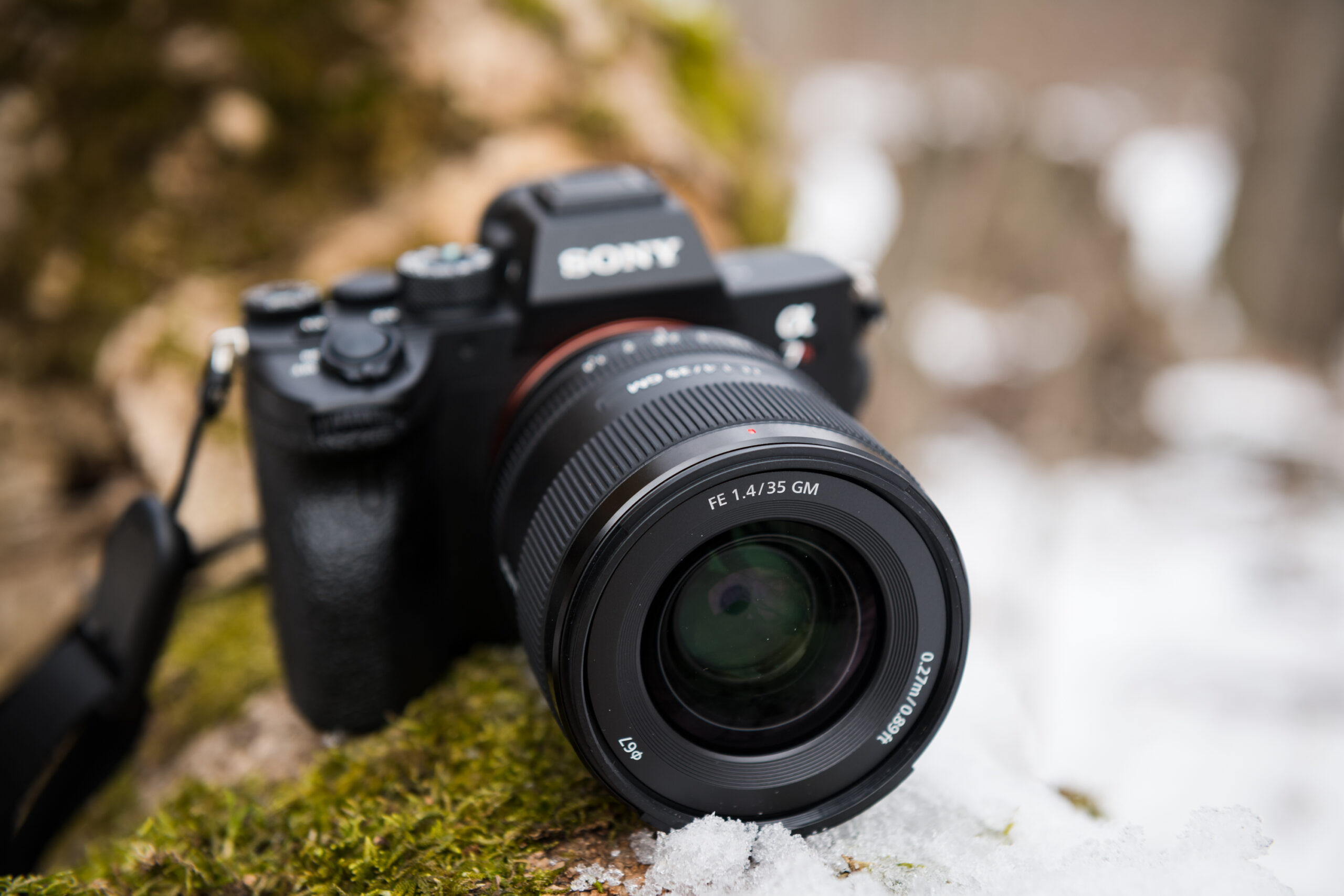
Sony lenses have powerful performance. The colors, bokeh, and sharpness are superb, and the overall design makes them easy to carry around everywhere. If you want a prime lens as your second lens, then here are a few optics to choose from. These lenses have a wide open aperture, along with other features that can work for various genres. And when paired with even older full-frame cameras, you will continue to cherish the images. So, without further ado, let’s dive in.
Sony 14mm F1.8 G Master
The Sony 14mm f1.8 GM is perfect for landscape and architecture photographers. The lens has 9 aperture blades, 11 groups, 14 elements, and a minimum focusing distance of 9.8 inches. The optics have Nano AR coating II, 2 XA elements, 1 aspherical lens element, 2 ELD lenses, and Super ELD. The lens has no distortion, is lightweight, has a great build, and offers exceptional colors. There is sharpness, and the images are perfect.
Sony 20mm f1.8 G
The 20mm lens has a minimum focusing distance of 7.5 inches, a maximum magnification of 0.20x, and a filter thread of 67mm. It also has an XD LM autofocus motor, which improves the autofocus. The lens is light at just 0.82 lbs, has quite fast and silent autofocus, is weather-sealed, and has really sharp optics. The colors are pleasing, and the bokeh is decent as well. As we said in our review, “his lens is perfect for a ton of different genres, from street photography to documentary, to landscapes, environmental portraits, macro, portraits, and food photography.”
Sony 35mm F1.4 GM
The 35mm f1.4 focal range is ideal for street photographers or those who shoot in tight spaces. The lens has 14 elements in 10 groups, including 2 XA elements, 1 ED element, and an XD linear motor. The optics have a 0.27-meter minimum focus distance, a 0.23x maximum magnification, and weigh 524g. The lens is lighter than competing lenses, produces spectacular images, is weather sealed, and the de-click aperture ring is a pleasure to spin.
Sony 50mm f1.2 G Master
The 50mm f1.2 GM lens is perfect for portrait photographers. The lens is constructed with 14 elements in 10 groups, including 3 XA (extreme aspherical) elements, has 11 aperture blades, and a 72mm diameter filter thread. It has a minimum focusing distance of 40cm, a maximum magnification of 0.17x, and weighs 778g. Some of the things it excels at include fast focusing, weather sealing, extreme image sharpness, and a lens character. We liked the lens so much that it has won our Editor’s Choice award.
The One to Skip: Sony 16mm F1.8 G
The 16mm f1.8 is a more affordable lens in the G series. It has a minimum focusing distance of 0.13m, 15 elements in 12 groups, and a 0.25x magnification ratio. While it is superlight and offers great images, the lens feels plastic-like, has flaring and barrel distortion, and is not as weather-resistant as the GM lenses. It is far more affordable than GM lenses, but that also means it has some shortcomings. It’s better if you pick the 14mm f1.8 GM if you want wide-angle images.

